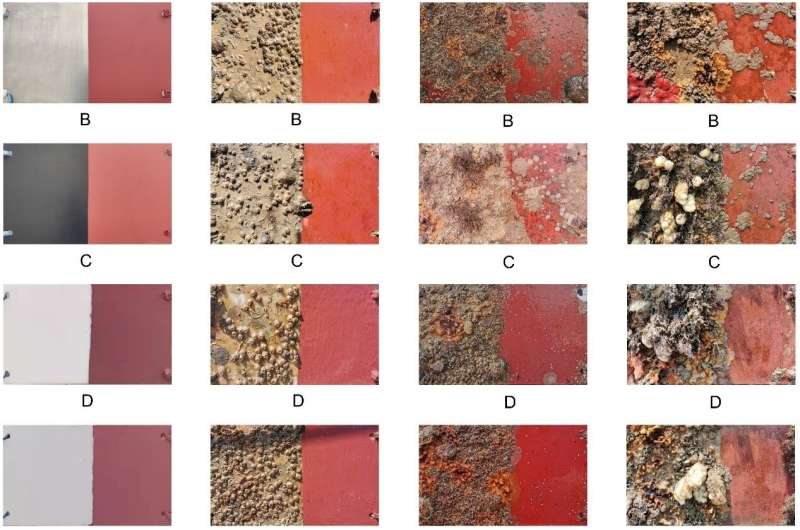Fig. 1 Test panels before and after immersion in seawater at different time points. Credit: SIAT
Biofouling is challenging for underwater sensors, especially for long-term in situ monitoring in marine environments. Biofouling on in situ sensor surfaces can shorten their operating lifetime, increase the cost and frequency of maintenance, and result in signal drift and data errors.
Natural products with antifouling properties are promising sources of environmentally friendly antifoulants. However, most studies only employ laboratory tests to evaluate the antifouling efficacy of natural products.
Recently, researchers from the Shenzhen Institute of Advanced Technology (SIAT) of Chinese Academy of Sciences and Xiamen University have found that camptothecin (CPT) exhibited effective antifouling activity and lower toxicity in seawater.
Their study was published in International Biodeterioration & Biodegradation on March 18.
The study showed significantly lower macrofouling coverage on areas painted with the CPT-based paint compared to the unpainted areas in six materials over nine months of seawater immersion.
The tested panels were made from six different materials, including three metals (316 L stainless steel, TC4 titanium alloy, and 7075 aluminum alloy) and three plastics (polyoxymethylene, polyvinyl chloride, and Teflon). These materials are widely used for constructing underwater sensor housings.
Fig. 2 Biological adhesion on the surface of the Marine in situ sensor housing with a CPT-Based paint (right) versus untreated (left). Credit: SIAT
The researchers hung these panels under a floating raft in Xiamen Bay, China, since July 7, 2019, at a depth of 1-m in seawater for nine months.
After nine months of submersion, the CPT-based paint exhibited good antifouling performance, reducing biofouling by 73.33%–96.41% compared to the control unpainted areas (100% coverage). In particular, the antifouling of plastic material was better than that of metal material.
"Our results suggest that the CPT-based paint could be used as a potential solution to control the biofouling of sensor housings for long-term in situ applications in marine environments," said Prof. Feng Danqing, one of the corresponding authors of this study.
In addition, the team had also deployed three underwater sensors under a moored surface buoy platform in Daya Bay, Shenzhen, China, since June 22, 2020. After four months of deployment under a surface buoy in the marine environment, the sensors still remained clean.
"It is worth noting that the CPT-based paint also has great potential for other artificial submerged structures in marine environment, such as ship hulls, oil platforms and aquaculture facilities," said Prof. Li Jianping, the other corresponding author of the study.
More information: Huan-Huan Hao et al, Sea-trial research on natural product-based antifouling paint applied to different underwater sensor housing materials, International Biodeterioration & Biodegradation (2022). DOI: 10.1016/j.ibiod.2022.105400
Provided by Chinese Academy of Sciences
























